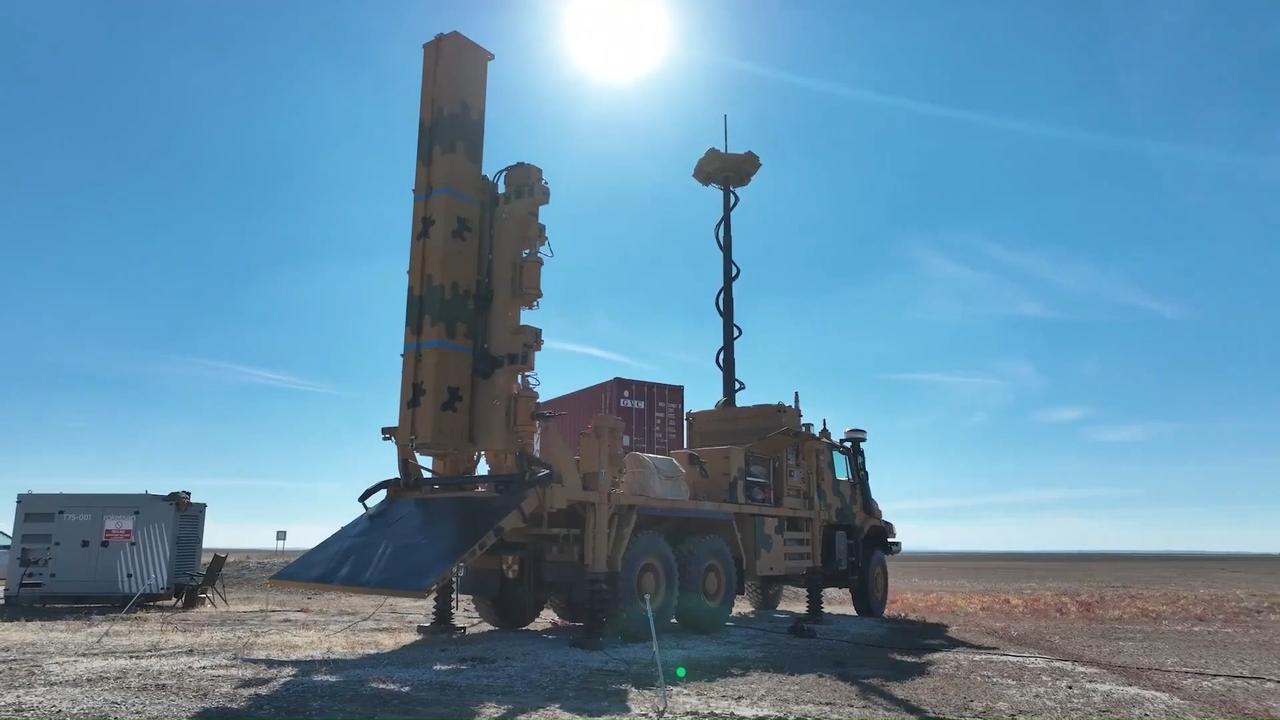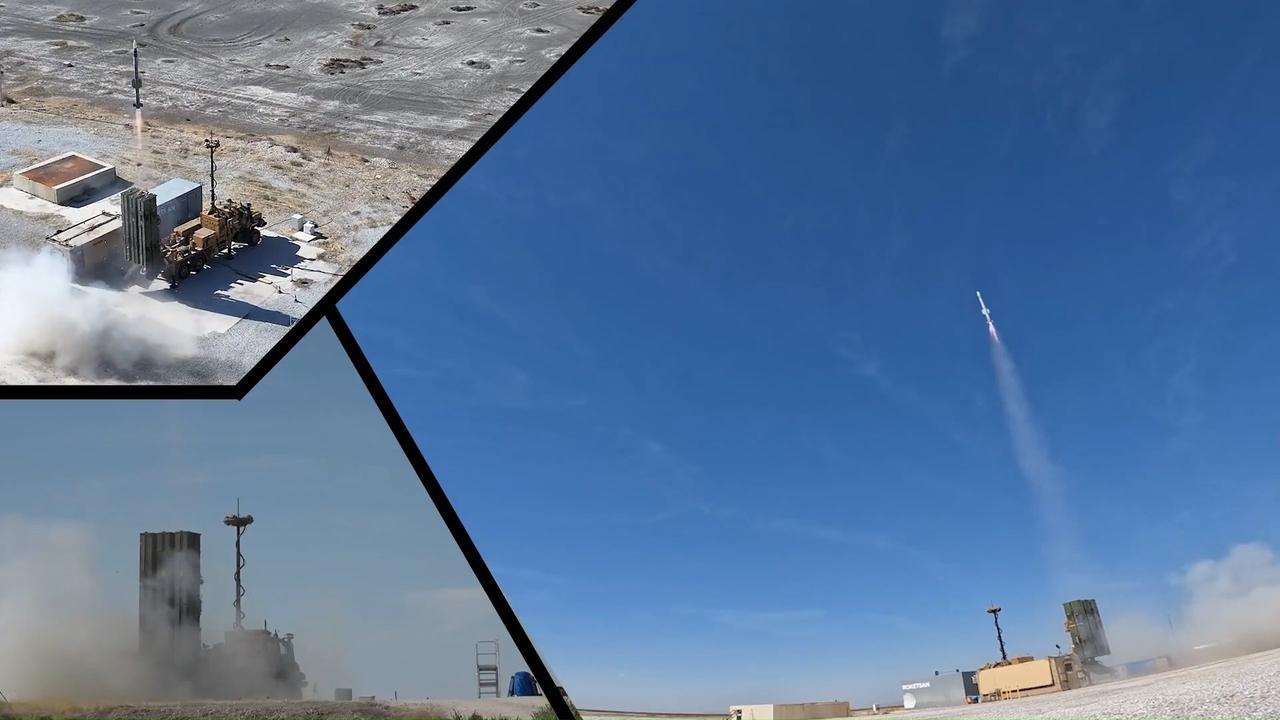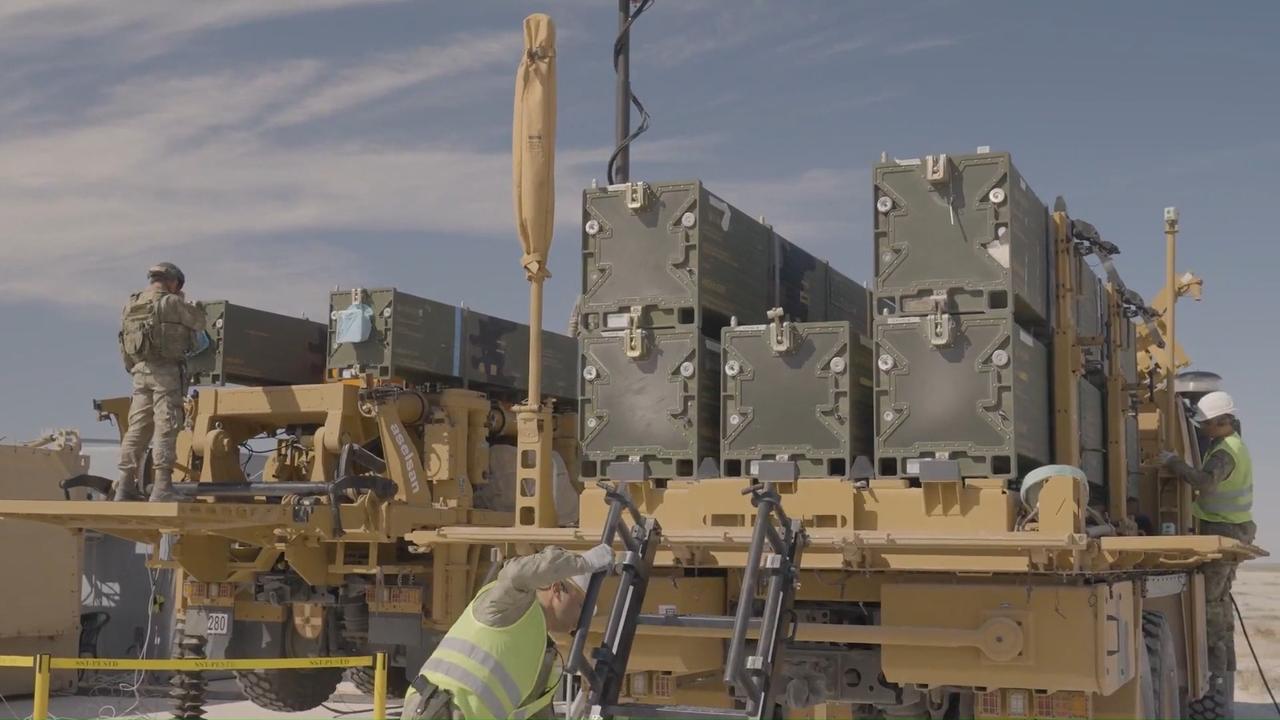The Turkish Air Defense Command successfully conducted a test firing of the Hisar-O medium-range air defense missile at the Aksaray firing range on Saturday, the Defense Ministry announced.
The Defense Ministry posted video footage of the test launch on its official social media account NSosyal, stating: "The Hisar-O firing was successfully conducted by the Air Defense Command at the Hisar Test Firing Range."
The test marked a significant milestone for the domestically produced air defense system, demonstrating full operational capability by Turkish military personnel without direct involvement from the design engineers at Aselsan and Roketsan, indicating that the system has achieved operational maturity and completed personnel training.
Approximately 10 Hisar-O missiles were maintained in ready-to-fire status during the exercise, according to details of the firing exercise. The successful test underscores the system's transition from development phase to active operational deployment.

Roketsan Chief Executive Murat Ikinci confirmed the successful test on X, stating: "The Iron Shield of Sky Homeland Hisar! Another successful test firing of our medium-range air defense system Hisar-O was conducted. We continue to strengthen our military with systems that have proven themselves in the field."

The Hisar Air Defense Missile system is designed to protect military bases, ports, facilities and troops against attacks from rotary-wing and fixed-wing aircraft, cruise missiles, air-to-ground missiles and unmanned aerial vehicles.
The Hisar-A and Hisar-O missiles share a modular structure as part of a family concept and are designed to be compatible with different platforms, fire control and command control infrastructures. Both variants feature vertical launch capability with 360-degree effectiveness, dual-stage rocket motors and thrust vector control systems.

The Hisar-O variant is optimized for medium-altitude engagement. The missile features an interception range exceeding 25 kilometers with high high-explosive blast fragmentation warhead.
Guidance is provided by an inertial navigation system paired with an imaging infrared seeker and a one-way data link. The system uses a dual-pulse solid propellant rocket engine.
The Hisar-O can intercept fixed-wing aircraft, rotary-wing aircraft, cruise missiles, unmanned aerial vehicles and air-to-ground missiles.
The complete Hisar-O 100 Medium Range Air and Missile Defense System performs target detection, classification, identification, tracking, command and control and fire control functions in a distributed and flexible architecture.
A battery-level configuration consists of one Fire Control Center, one radar unit, three Missile Launching Systems, one Electro-Optical System and one Missile Transport and Reloading System.
The system is capable of being structured to address tactical requirements at both the battery level and the battalion level. A battery-level battery maintains 18 or more ready-to-fire missiles with tracking capability for 100 targets simultaneously. At the battalion level, the system can maintain 54 or more ready-to-fire missiles.
The Hisar-O 100 provides effective air defense execution through a distributed architecture and flexible deployment. The system generates integrated air picture capability and conducts target interception using both imaging infrared and radio frequency missiles with 360-degree vertical launcher threat destruction capability.
Multiple engagement and successive firing capabilities allow the system to address multiple airborne threats. Data link enables midcourse guidance, and the system operates in day, night and adverse weather conditions with global positioning system and navigation capabilities.
Remote control capability is integrated throughout the system with wired or wireless communication between system components. The system works in coordination with higher-level command and control units using Link 1, Link 11B, Link 16 tactical data links and Joint Range Extension Applications Protocol (JREAP) protocols.
Automatic target tracking and shooting using electro-optical sensors is supported, along with Identification Friend or Foe capability, threat evaluation and weapon assignment functions. The system supports multi-target and multi-radar fusion with embedded simulation and built-in test capabilities for effective maintenance.